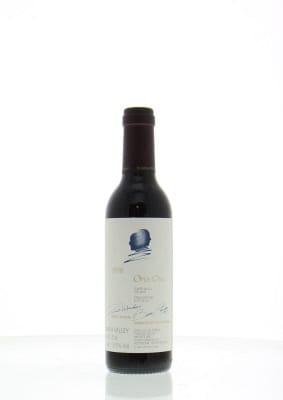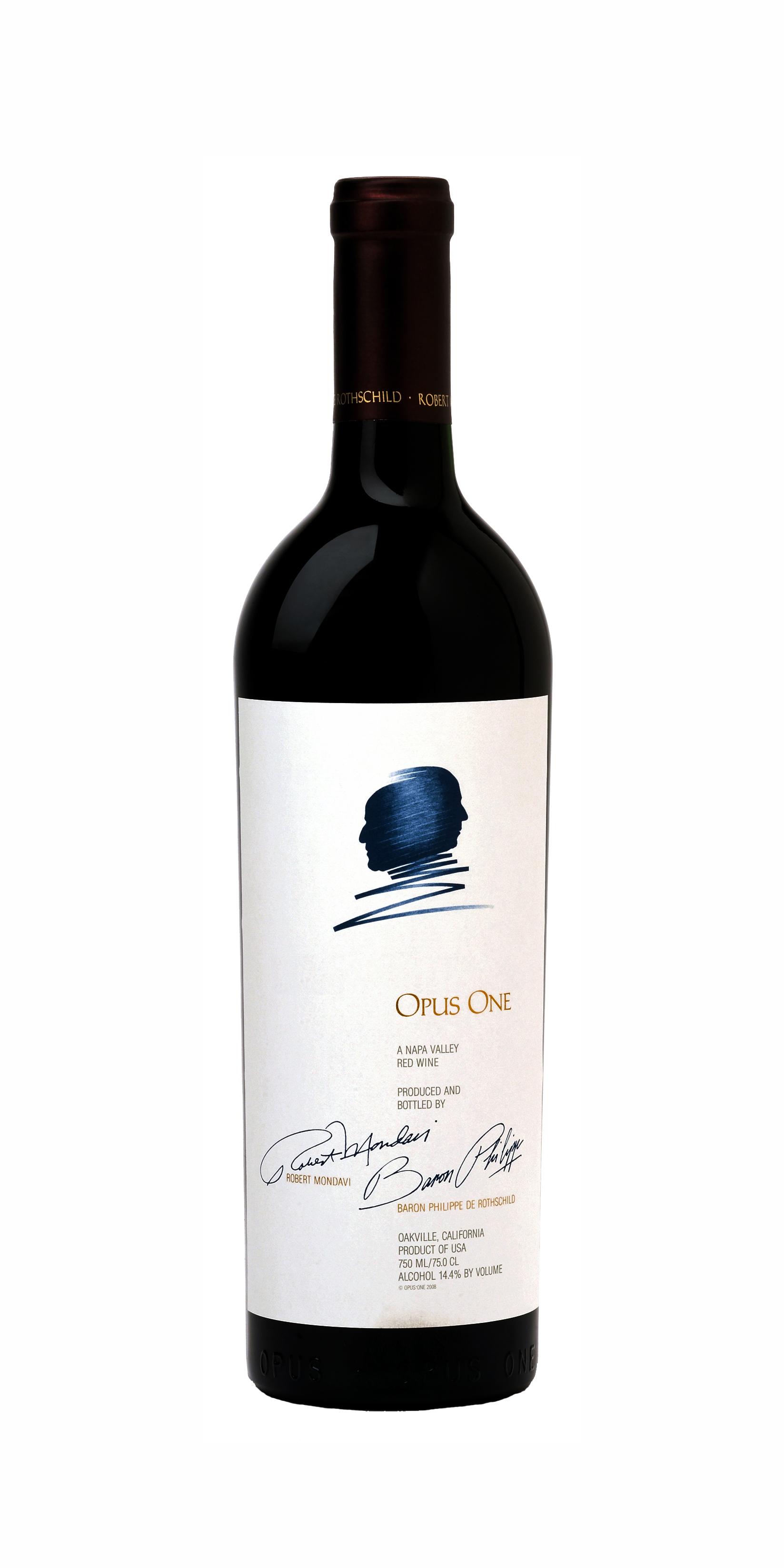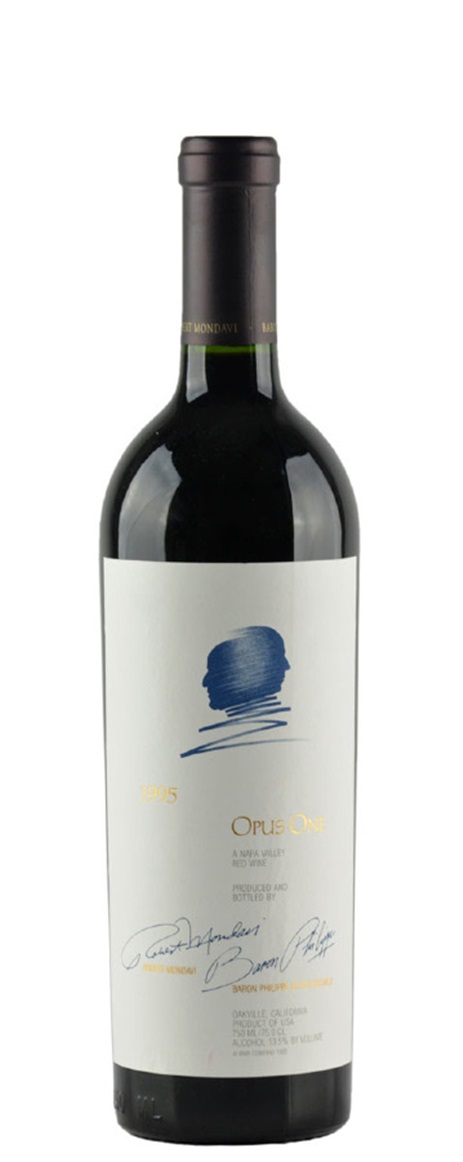

Whilst the Cabernet Sauvignon and Petit Verdot grapes aren’t grown together, they undergo a co-fermentation, before spending 18 months in stainless steel vats. And this is where the fusion of cultures works its magic. Far from traditional on the outside, it resembles some kind of spaceship nestled into the greenery and blending harmoniously into the surrounding landscape.

Tasting a 2009 Opus One next to a 2009 Mouton-Rothschild, for example, won’t give you many clues of their shared parentage.Ī place where these lines of heritage come into contact, though, is in the winery. These differences in climate and viticulture, and the challenges they present, mean that whilst there is some common ground between the Bordelais and Californian production, they can’t be compared from vintage to vintage. They’ve also been made aware of a water reserve that sits deep underneath the soil and would like the roots to grow deep enough to access this plentiful source. Bearing in mind, though, how intensive this method is in terms of energy and dwindling resources, the estate is training its vines to be a bit less thirsty. Largely unpermitted, or at least frowned upon, in French vineyards, large quantities of water can be used at estates like Opus One to counteract the drying effects of the hot climate. Irrigation is also a big question in the Napa. Secondly, the evaporation that follows these chilly nights creates a humidity that, in turn, refreshes the vines. This has two key advantages: firstly, the wave of cool keeps the grapes from burning. Then, at night, even in the summer, they cope with temperature drops of at least 20☌, a particularity of Opus One’s location not far from the San Francisco Bay. Very little rain falls on the Napa Valley, and the vines are grown tall and in high density to protect the grapes from the intense sun.

And the environment they’ve adapted to is quite something.

Far from home, the Cabernet Sauvignon, Petit Verdot, Cabernet Franc, Merlot, and Malbec plants have nonetheless learnt to thrive. Counting 90,000 visitors a year at its peak, a world-class winery, and 69 hectares of highly diverse terroir, it’s clear that planting Bordeaux vines in foreign soil was a risk worth taking. Opus One’s first vintage was the 1979, though, and the estate seems to be doing rather well so far. Philippe de Rothschild once said that “making a great wine is easy it’s just the first 100 years that are difficult”. We wouldn’t want it any other way, either! The result of this hybrid culture is a meeting of minds and methods that produces truly special wine. Yet, however much the traditional, ‘old-world’ approach could be imitated, such a project was bound to grow legs (or roots!) of its own. Teaming up with Robert Mondavi, the Baron de Rothschild’s mission was to bring Bordeaux’s viticulture to life on totally new ground, which meant initially importing Bordeaux’s classic grape varieties, oak barrels for the same kind of ageing, and more than a suitcaseful of ancestral know-how. When Philippe de Rothschild took a liking to California’s character, the idea of bringing his vast wine-making experience over the Atlantic was self-evident. Opus One has been an ambitious project since the day it was thought up. Here’s what we learnt with Gwendoline La Burthe, Export Manager France for Opus One. Such a quick shift in the climate sets the scene nicely for a Californian domain born of contrasting cultures, and whose wines we were lucky enough to taste as a team this month. During harvest season, the workers at Opus One don their woolly hats and scarves to pick the estate’s all-precious fruit by night, so far does the temperature plummet. When the sun sets behind this immense landscape, though, what’s revealed is a different world. css-uqx86q.css-x7b3mp:disabled.The hues and contours of California’s Napa Valley are infused with bright sunshine, framed by a broad backdrop of hills and an expanse of vineyards that stretch far, far further than the eye can see.


 0 kommentar(er)
0 kommentar(er)
